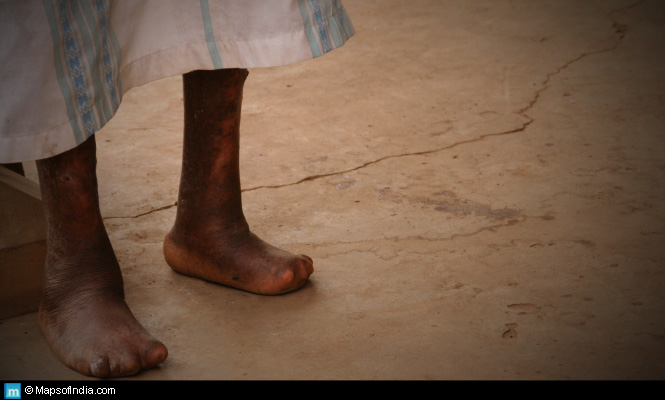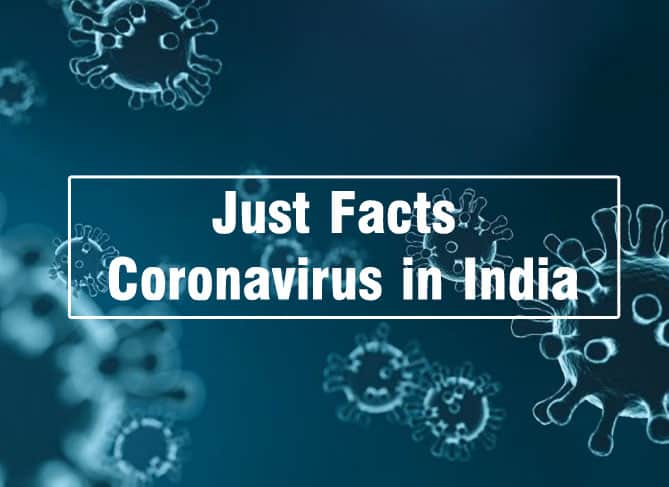 With the last Sunday of January – roughly coinciding with Gandhiji’s death anniversary – reserved for Leprosy Day in India, it is time we familiarized ourselves with this much misunderstood disease.
With the last Sunday of January – roughly coinciding with Gandhiji’s death anniversary – reserved for Leprosy Day in India, it is time we familiarized ourselves with this much misunderstood disease.
If there is one medical condition which finds a prominent place in history and mythology alike, if there is one ailment which is attributed to such things as past sin, punishment, sorcery and curse, then it must be leprosy. Etymologically, the English word is supposed to be derived from the French word, ‘leper’, and the Greek word ‘lepros’. There are also stories in Greek mythology which refer to a city called Lepreus, whose inhabitants were afflicted with the disease.
There are references to kushta rog – as leprosy is called in Sanskrit – in Vedas, Puranas, Ramayana and Mahabharata. The Hadith and the Bible also make frequent references to leprosy. More recently, once it was identified that leprosy was an infectious disease that was curable, luminaries such as Gandhiji and Mother Teresa dedicated their lives for the treatment and upliftment of those afflicted with leprosy.
It was Gerhard Armauer Hansen, who discovered in 1873 that leprosy is indeed caused by an organism. Hence leprosy is even today referred to as Hansen’s disease. Despite this, British India had passed an archaic law called the Leper Act in 1898, which pretty much confined those with the disease to remote asylums, much like those with mental illnesses were.
Causes and eradication programme
The disease is caused by the bacterium, Mycobacterium, which is of the same genus that causes tuberculosis. It spreads through droplets from nose or mouth, which can lead to the infection when inhaled. It does not spread from skin contact, and those who contract the illness are likely to have had years of contact with the stricken person.
Leprosy causes skin infection which manifests as patches with no sensation, in addition to nerves, eyes, lung and bone affectation. This results in disfigurement and disabilities in the form of leonine facies (lion-like facial appearance) due to the loss of eyebrows and collapse of nasal bridge, ulcers and nodules on face and peripheries, calluses on extremities, visual impairment, and limb weakness due to nerve damage.
It was only in 1983 that the National Leprosy Control Programme in India was recommissioned as the National Leprosy Eradication Programme (NLEP). The progress from controlling the disease to eradicating it was made possible largely by the advent of multi-drug therapy – involving two or three anti-leprosy drugs given as a treatment regimen over several months. Fortunately, unlike tuberculosis, the leprosy bacterium has not developed resistance to the drugs, which has resulted in a significant reduction in the global burden due to the disease.
According to the figures released by the NLEP, leprosy prevalence has drastically reduced in India from a rate of 57.6 per 10,000 population in 1981, to 3.74 in 2001, to 0.69 in 2011. Barring a few districts – mostly in Chhattisgarh and Odisha – all Indian States have attained significant reduction in new incidence of leprosy cases. While this augurs well for the eradication of leprosy in India, there is still a large proportion of global leprosy cases in India.
The World Health Organisation has devised the ‘Final Push’ strategy to totally eliminate the scourge of leprosy from the world. Some of the key target areas of this strategy are:
- to expand multi-drug therapy services to all health facilities
- to ensure that all existing and new cases are given appropriate multi-drug regimens
- to encourage all patients take treatment regularly and completely
- to promote awareness in the community on leprosy so that individuals with suspicious lesions will report voluntarily for diagnosis and treatment
Total elimination possible
If there is one barrier that is likely to come in the way of total elimination of leprosy, then that would be stigma. Due to the strong sociocultural associations and misconceptions attached to the disease, what is essentially a treatable condition is relegated to the background, and its patients ostracised, which has resulted in the perpetuation of the problem.
What can we do to help eradicate leprosy?
- Stop stigmatizing. Treat leprosy patients with kindness and dignity. Do not turn them away from jobs and social events.
- Spread awareness. The best solution to reduce stigma is to talk openly about the condition. Emphasize the fact that leprosy is an infectious disease, and not a curse. It can be cured completely with appropriate treatment.
- Encourage detection. Take the individuals with suspected leprosy to the nearest Primary Health Care centre. Or alert health workers who may be able to visit the individual and carry out tests.
- Take up the cause. Search for local NGOs that work to eradicate leprosy and volunteer for the cause. The Lepra Society is an organisation that works in this area. The International Federation of Anti-Leprosy Associations (ILEP) based in the UK also has a Facebook page.
It is down to the primary and secondary health care systems, Government, NGOs and the community to ensure that leprosy is eradicated from India. Let us take heart from the success of the polio eradication programme and send leprosy back to history pages.
Explore More :
‘Leptospirosis’: A Deadly Disease in the Andamans
Dengue and Chikungunya: Causes, Symptoms, Prevention, Treatment
What is Anthrax ? : Symptoms, Treatment, Prevention Measures
Rotavirus Vaccine Launched in India
Is India Prepared for Zika Virus: Guidelines, Symptoms, Diagnosis & Treatment
Is India Close To Developing The Zika Virus Vaccine?
Genital Tuberculosis: Causes, Symptoms and Remedy
Japanese Encephalitis in India – Guidelines for Prevention, Control & Symptoms
Hepatitis B in India: Guidelines for Prevention, Symptoms, Causes, Risks & Treatment
Ebola Virus Outbreak – Is India Prepared?
Prevalence of Diabetes in India
Prevention of Heart Attack and Other Related Heart Diseases
India To Be Certified As A Polio-free Nation By WHO
Swine Flu: What You Need to Know and Do
Cervical Cancer: Causes, Symptoms, Prevention and HPV Vaccination
Growing Problem of Asthma in India




